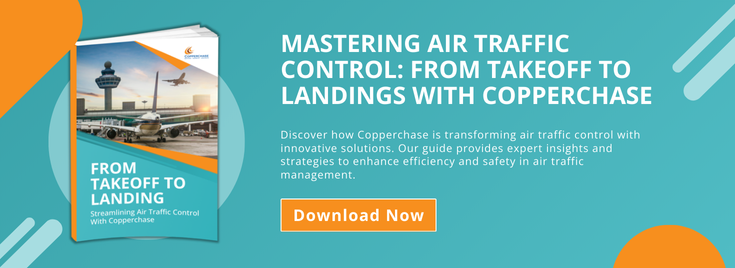From Take-off to Landing: Streamlining Air Traffic Control With Copperchase
Air Traffic Control (ATC) is the backbone of global aviation, ensuring the safe, orderly and efficient movement of aircraft on the ground and in the sky. The constant choreography of planes landing, taking off, and travelling through airspace is highly complex; without ATC services, chaos would be inevitable which would potentially lead to catastrophic consequences. Air Traffic Controllers are responsible for coordinating thousands of flights every day and for managing all types of aircraft, from commercial airliners to private jets, cargo planes and remote piloted aircraft systems (RPAS)
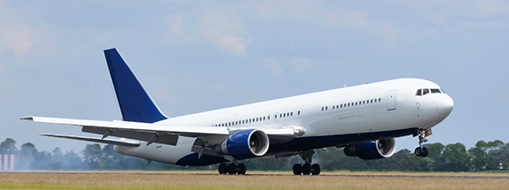
The need for streamlined ATC operations has never been more pressing. Since the turn of the century, global flight numbers have significantly risen, increasing by nearly 63 per cent between 2000 and 2024. In recent years, other challenges have emerged, particularly the introduction of new technologies, such as drones and electric aircraft, and an intensifying demand for more sustainable travel to reach carbon net zero by 2050.
In this guide, we’ll explore the key components of Air Traffic Control systems, the challenges that controllers face in the course of their work, and how Copperchase’s modern solutions can improve efficiency and safety through effective collaboration and streamlining.
What is ATC Streamlining?
ATC streamlining involves optimising procedures, technologies, and processes to more effectively handle the increasing complexity of air traffic. The benefits are wide-ranging: for airlines, streamlined ATC means fewer delays, lower fuel consumption, and reduced operational costs. For airports, it translates to higher capacity and the better use of resources. Most importantly, for passengers, it ensures safer, smoother, and more timely flights. Implementation of Performance Base Navigation (PBN) principles ensures performance targets will be met.

The ATC Ecosystem Explained
To understand how Copperchase can help to create a more efficient and streamlined Air Traffic Control system, it is valuable to understand the core components of an ATC system and the challenges that operators face.
What are the core components of ATC?
Air Traffic Control systems comprise four key components:
Air Traffic Controllers (ATCOs)
Radar Systems
Communication Networks
Navigation Aids (NAVAIDs)
GSN (Global Satellite Network)
allows aircraft to utilise satellite networks to mitigate reliance on ground based technology while increasing accuracy if/when required.
What Challenges Do ATC Operators Face?
Air Traffic Control can be a complex operation, but additional challenges are putting ATCOs under increased pressure. These include, but are not limited to:
Increasing Workload:
As global air traffic continues to grow, ATCOs face immense pressure to manage more flights with the same level of accuracy and safety, which can lead to workplace stress and fatigue. The welfare of ATCOs is essential as poor health or mental wellbeing could affect their performance and impact the safety of flights.
Safety Risks:
Environmental Pressures:

Technological Developments In ATC
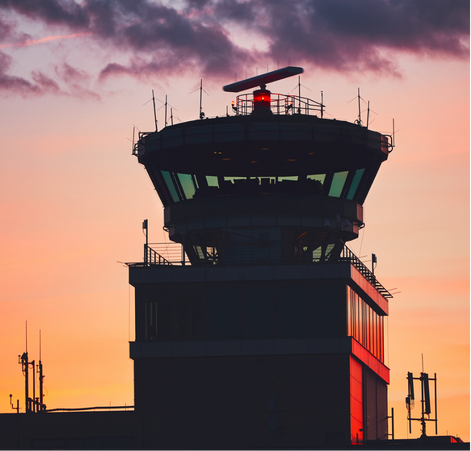
With the incorporation of advanced technologies, there is a growing opportunity to streamline ATC operations. However, integrating new tools into existing systems also presents challenges, such as ensuring compatibility and managing the human-machine interface. This is where Copperchase’s solutions can drive tangible operational improvements and value in your airport or airfield.
From Takeoff To Landing

Air Traffic Control (ATC) ensures safe and efficient aircraft movement. With rising flight numbers, new technologies, and the push for sustainable travel, streamlined ATC operations are crucial.
In our guide, you will:
- Gain a comprehensive overview of ATC systems and their critical role in aviation safety.
- Learn about Copperchase’s innovative approaches to improving ATC efficiency and safety.
- Stay informed about emerging technologies and sustainable practices shaping the future of air travel.
Simply fill in the form to get your FREE copy.
Copperchase’s Solutions for Air Traffic Control
Our innovative solutions for ATC include:
Integrated Tower Systems (ITS)
Flight Data Processing Systems (FDPS)

Voice Communication Control Systems (VCCS)
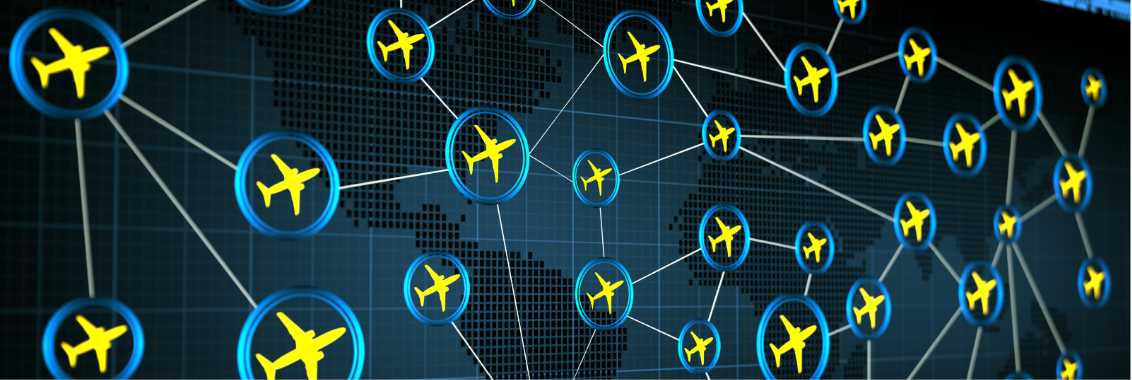
AFTN/AMHS Messaging Solutions
ATM System (ATMS)
Our state-of-the-art Air Traffic Management System is engineered to enhance air traffic safety, efficiency, and reliability, helping you optimise your air traffic management processes through a range of flight monitoring and control solutions. Our ATMS includes several core functions within a robust and scalable architecture, including radar data processing, flight plan management, and safety nets (including short-term conflict alerts (STCA), minimum safe altitude warnings (MSAW), and route and cleared level adherence monitoring (RAM & CLAM).
Our system integrates real-time meteorological data, giving you crucial information about wind shear, temperature gradients, turbulence, and other factors that could affect your flight operations. The ATMS also interfaces with a variety of external systems, facilitating seamless data exchange and compatibility between your ground, tower, approach, area control, and flight information services.
Copperchase in action: case studies
Ras Al Khaimah International Airport, United Arab Emirates
Copperchase successfully upgraded the ATC AFTN Messaging System at Ras Al Khaimah (RAK) International Airport, UAE, despite the challenges posed by the global COVID-19 pandemic. The upgrade transitioned the system from legacy AFTN circuits to an IP-based AMHS network while ensuring compatibility with existing systems. The new system utilises Copperchase’s ATC Messaging and Microsoft SQL Database, providing faster and more reliable service. It also includes AMHSTERM, a user-friendly terminal compliant with ICAO standards, designed for ATS operators to send, receive, and manage ATC messages efficiently, similar to an email client. All hardware was built in the UK.
Walney Island Airport Upgrade
In 2018, BAE Systems expanded Walney Island Airport, a former RAF base in Cumbria, by constructing a new Air Traffic Control tower. Copperchase won the contract to install a voice communication system (VCS) and METSYS weather observation system for the new ATC tower. Additionally, Copperchase upgraded the airfield ground lighting control and monitoring system. With civil works handled by BAE Systems, Copperchase focused on seamless system integration. The Aeronautical Ground Lighting Control and Monitoring System, featuring a state-of-the-art touch-screen and PLC package, was custom-programmed to meet the airfield’s operational needs.
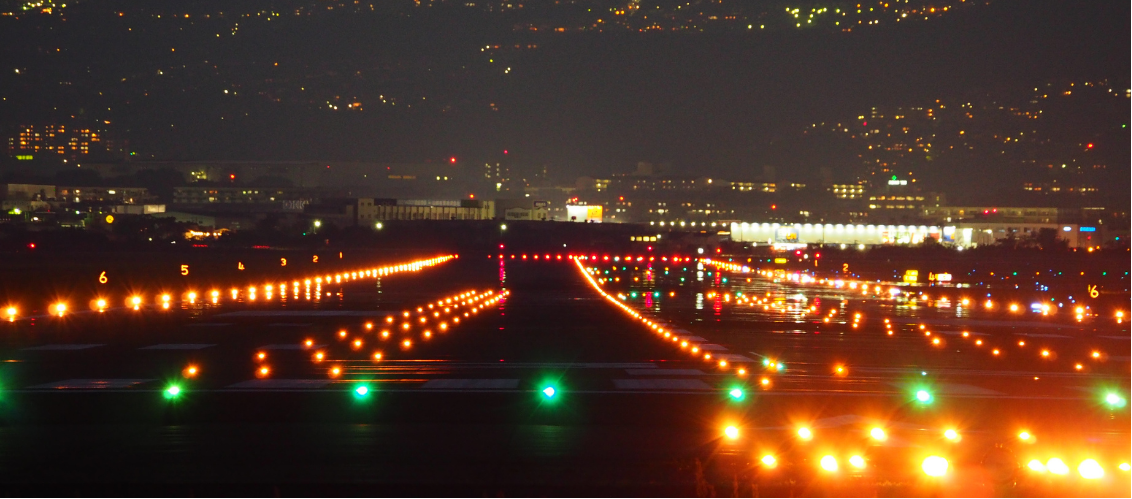
Oxford Airport ATC System Upgrade
Copperchase successfully secured a contract to replace outdated Air Traffic Control systems at London’s Oxford Airport, previously maintained by NATS. Collaborating closely with NATS, Copperchase upgraded the Voice Communications Control System (VCCS), providing six operator positions. Each position controls all ten transmitter/receiver channels, supports intercom and conference calls, and offers access to the AFTN telephone network. Despite the airport’s busy schedule, Copperchase ensured a seamless system transition, delivering the project on time and within budget. This bespoke solution significantly enhanced the operational efficiency of Oxford Airport’s ATC systems.
St Athan Airfield ATC Equipment Refit
In 2019, Copperchase were asked by the MOD (Ministry of Defence) to refit the ATC equipment at the former RAF St Athan Airfield, in Glamorgan, South Wales. The historic military airfield has played an important role in aircraft maintenance and training since it was opened in 1938 up to the present day, and at the time of our involvement was undergoing a transition from military to civilian use. As part of the Transition Project (overseen by SERCO, the resident Air Traffic Service Provider), we supplied and installed modern Nav Aids, a MET system, a Dual 10KVA N+1 UPS, an MEP VCCS, Motorola SL550 ground to air repeaters, hand portable comms equipment, and other ATC infrastructure throughout the airfield.
The project, which was completed within a demanding timeframe, included dismantling and removing the old MOD equipment from the ATC tower, installing new underfloor cabling, and preparing the space for the new system. Meanwhile, the new equipment was set up at a temporary location to carry out site acceptance testing, and to train the operators on how to run their new system. Finally, the new equipment was implemented and tested in the refitted ATC tower – which our team was able to complete in under four days on site!
The Future of Air Traffic Control
What Are The Emerging Trends And Technologies In ATC?
Unmanned Aerial Systems (UAS):
The soaring popularity of drones and other unmanned aerial systems presents new challenges for Air Traffic Controllers. Traditional ATC systems are not equipped to handle the influx of UASs in controlled airspaces, despite the obvious dangers that these devices pose to air traffic. At Copperchase we are working on integrating UAS management into our systems to ensure safe coordination between manned and unmanned aircraft.
Digital Transformation:
Air Traffic Control is becoming increasingly digitised, with data analytics, cloud computing, and AI playing central roles in decision-making. At Copperchase, our solutions are designed to seamlessly integrate with digital platforms, allowing ATC operators to harness the power of data to improve flight efficiency and safety.
Sustainable Aviation:
As the aviation industry seeks to reduce its environmental impact, ATC systems must adapt to support more sustainable flight operations. Our ATC systems are designed with environmental sustainability in mind, helping ATC operators contribute to global efforts to combat climate change and reduce the impact of air travel on the natural world. For example, we are actively developing tools to optimise flight paths and minimise fuel consumption, thereby reducing carbon emissions and enabling ATCOs and airlines to plan the most efficient routes.
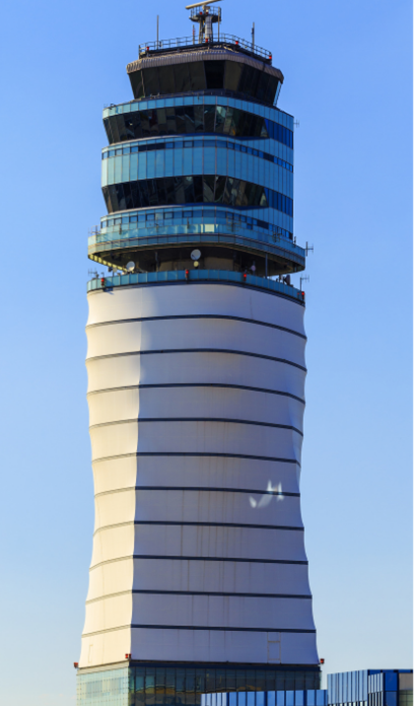
Copperchase’s Role in the Future of ATC
At Copperchase, we are committed to remaining at the forefront of Air Traffic Control innovation. Continuously investing in research and development ensures that our products and services evolve alongside industry trends. Crucially, our solutions are scalable and flexible, making them suitable for ATC centres of all sizes, from tiny airfields to regional hubs or major international airports.
In addition, we are dedicated to fostering collaboration between aviation industry stakeholders. By working closely with airlines, airports, and regulatory bodies, we help create a unified approach to air traffic management, where technology and human expertise blend to ensure safe and efficient air travel.
What’s Next?
As the popularity of air travel surges and new technologies reshape the aviation landscape, the need for streamlined Air Traffic Control has never been greater. Copperchase is at the forefront of this transformation, providing innovative solutions that address the challenges of modern ATC operations. By enhancing efficiency, improving safety, and supporting sustainability, our ATC systems help operators navigate the complexities of today’s airspace with confidence.
From integrated tower systems to advanced communication solutions, we are a key player in the future of air traffic management. As the industry continues to evolve, Copperchase will remain a trusted partner for ATC operators worldwide.
To find out more about our services or to chat with one of our experts, please contact Copperchase today.

